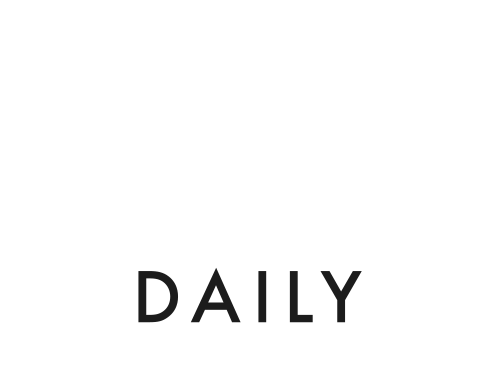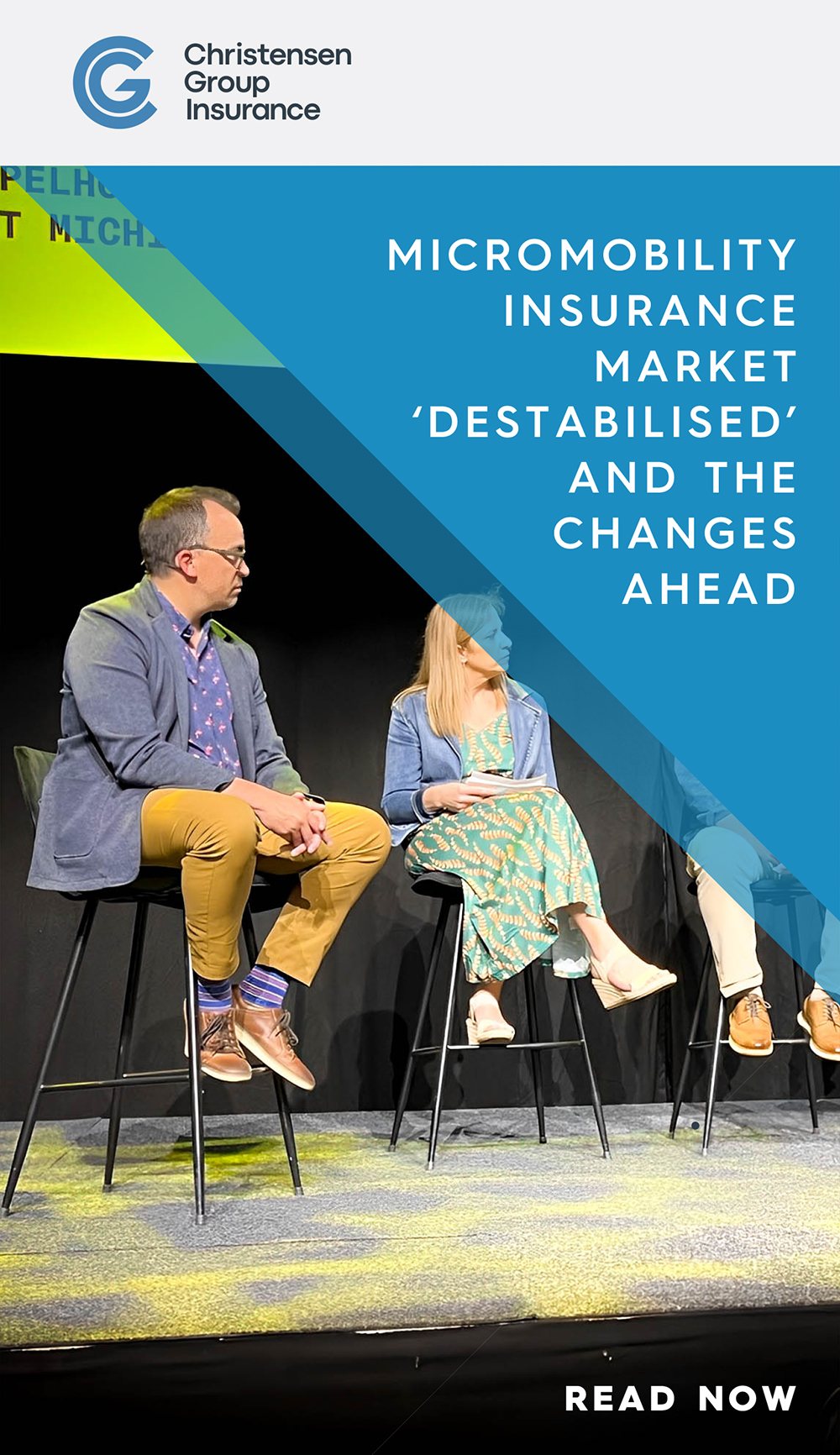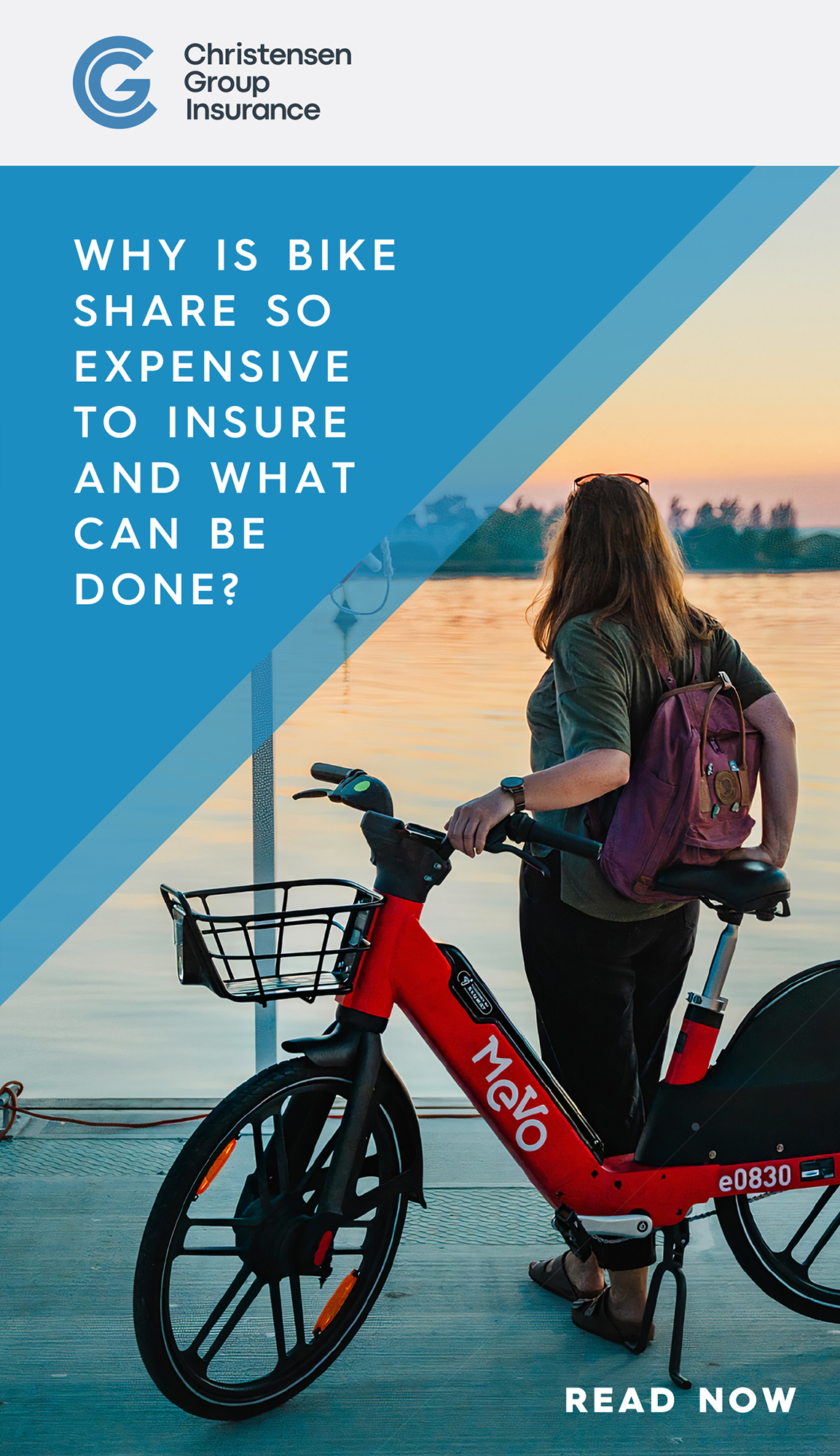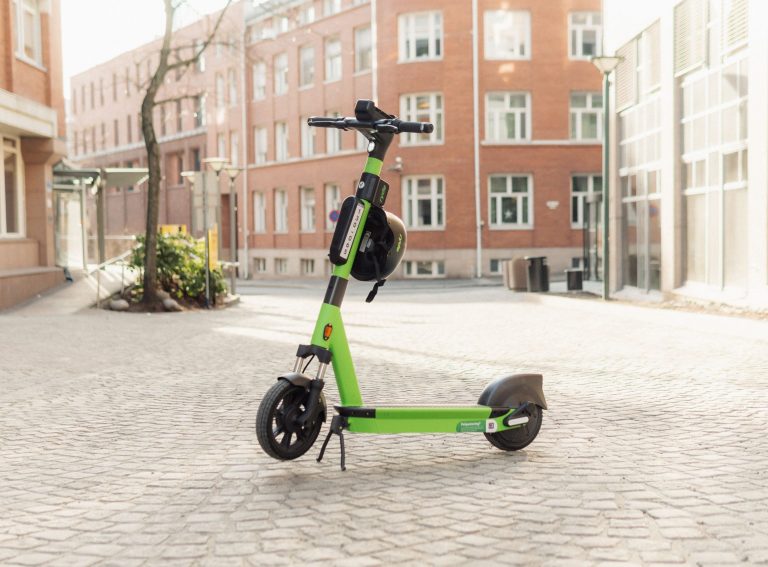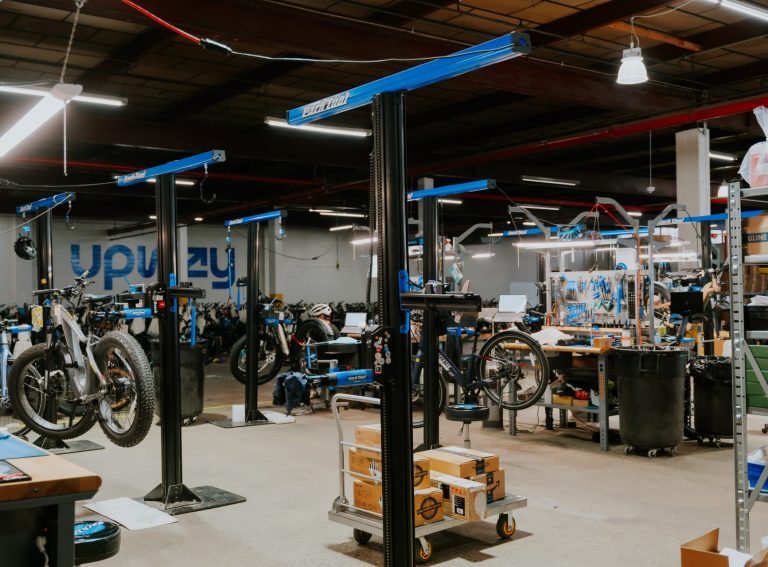When we talk about sustainable logistics, attention is often focused on combating the “last mile”.
As necessary as that is, we mustn’t forget that goods have often made a lengthy journey before they’re onloaded onto a cargo bike for the final leg. And usually a very emissions-heavy one.
Take a business-as-usual case in the UK for example.
A good may originate from a distribution centre in the country’s logistics hub of the Midlands with a final destination in the South-Western city of Bristol. These goods would be onboarded onto a diesel-powered HGV to take it from the Midlands distribution centre to another centre just outside of Bristol. Then, another diesel or petrol-powered vehicle might collect that good and bring it into the city of Bristol, for it to then be moved onto a cargo bike to complete the last mile.
To truly achieve an emissions-free delivery, attention must shift to conquer the so-called “middle mile”.
British B-corp-certified delivery firm XeroE has found a way to do this.
Acquired by green logistics firm Delivery Mates in 2023, XeroE has successfully conducted a trial with zero-emission high-speed rail logistics company Varamis to map out the sustainable middle mile.
From HGVs to high-speed electric trains
Earlier this month, XeroE and the UK’s first high-speed rail freight company Varamis conducted a joint trial to transport goods from Birmingham to Glasgow.
Over a one-week testing period, XeroE and Varamis transported the daily deliveries of UK mail logistics company Whistl, from the client’s depot to the customer door in a 100% sustainable delivery chain.
The delivery chain began with XeroE’s electric vans transporting the goods from their distribution centre in Birmingham to the train station. These were transported in containerised payloads manufactured by German OEM RYTLE.
The goods were then onloaded onto Varamis’ overnight electric train headed for Glasgow. On the other side, an electric van moved them to XeroE’s depot before they were delivered by RYTLE cargo bikes to the customer’s door.
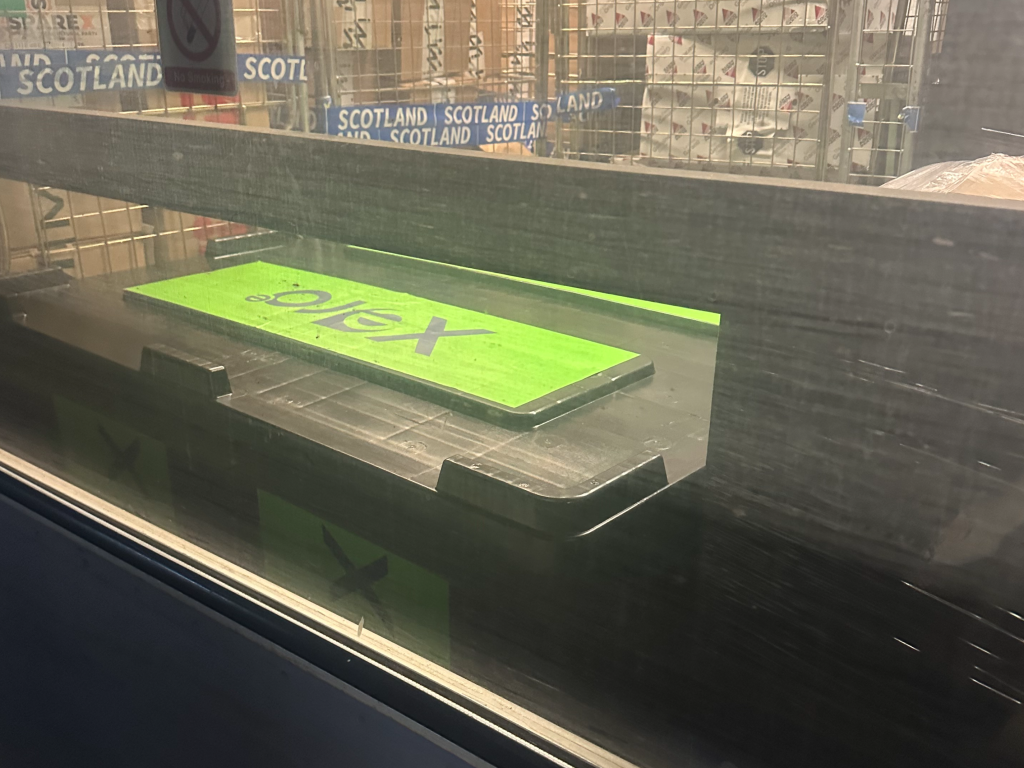
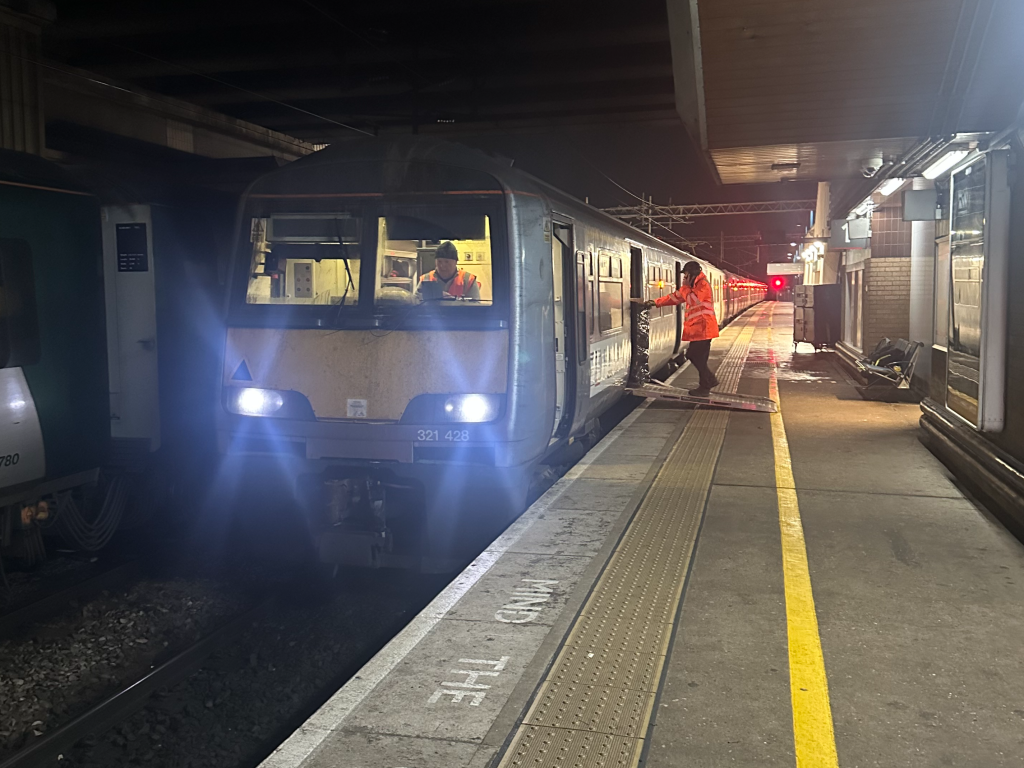
“When I launched XeroE in 2019, my intention was to clean up urban air,” XeroE CEO and Founder Steve Evans tells Zag Daily. “Although we’ve made a lot of difference in cities, we could never crack this issue of getting products into the city 100% sustainably. It wasn’t possible to complete the delivery chain using electric vehicles due to insufficient range.
“As soon as this opportunity arose to leverage rail freight, it became possible.”
The potential of this partnership isn’t limited to reducing harmful emissions. It’s also contributing to a circular economy because Varamis’ trains are recycled former passenger trains that would otherwise be scrapped.
The partnership also aims to free up space on major UK motorways.
“I was on the Varamis overnight train the other night,” Steve says. “It was about three o’clock in the morning and I looked over to the other side from the driver’s cabin. The motorway beside us was streaming with HGVs going both directions..
“This project has the potential to take many of these vehicles off the road, and instead find a way of getting goods into the middle of cities both sustainably and economically.”
Logistical lessons from the trial
The aim of the trial was to test its practicalities and how to optimise the intermodal exchanges between each leg of the journey.
“When we pick up the box from the distribution centre, we need to know what kit is needed, the best way to drop it off at the station, how the exchange will work between the van and the train, how it will be stored on the train, and then the same on the other end. Initially, we may have thought this project should be quite straightforward. But only when you test it do you see what logistical challenges arise.”
One example of quite a large challenge that arose was van capacity. During the trial, XeroE used a van that should have been able to hold the containerised payload from the distribution centre. But when the team went to load the van, two door latches that formed part of the electronic locking system prevented the containers being loaded. As a result, the team had to find a late substitute.
Another consideration the team learned to make is how ramps and loading bays differ at each train station. The delivery firm is now sourcing electric vans with taillifts to remove the reliance on ramps and the uncertainty they add to the process.
The trial was also about getting the timings right. Specifically, having the loaded containers go up to Glasgow, be unloaded, and sending out the deliveries in time for the empty containers to catch the return train back to Birmingham and its client.
The economic implications
As the trial was conducted to test its practicalities rather than the economics, it’s too early to demonstrate its cost-effectiveness.
However, Steve says what will make this delivery chain cost-effective is volume. XeroE now aims to design a further trial, taking into account its logistical lessons to investigate how to make the process economically feasible.
“This trial was about showing that it can be done practically. We already know the savings it will create for emissions, so now it’s about honing in on the intermodal transfers in the delivery chain to ascertain what the overall cost will be at what volume. Then, we can run it at the same cost or less than companies are currently paying for business-as-usual using petrol or diesel-powered vehicles.”
Steve says that increasing the volume of deliveries will reduce overall costs of the journey as more deliveries will be possible by cargo bikes – at cheaper prices than in vans.
“At the moment, around 10% of deliveries in cities are done by cargo bikes. We can push this up to something like 70% if we can get the goods into the city at an economic price. Using rail freight means we’ll be able to do this and support more cargo bikes completing last-mile deliveries faster and cheaper.”
XeroE’s road ahead
Next, XeroE aims to complete a larger trial with Varamis on the same Birmingham to Glasgow route to continue testing operational efficiency as well as economic feasibility.
This April, a new route will launch between Birmingham and London to help manage the countless deliveries that make that journey every year.
By the end of 2025, the firm aims to have several clients leveraging the delivery chain on both routes and, in turn, building up their sustainability credits which will benefit them with their own stakeholders.
XeroE will be presenting evidence on the emissions it has saved in partnership with Varamis at an event held by Connected Places Catapult as part of the Freight Innovation Fund.
“It’s long been an ambition of mine to get that emission-free distribution chain from source to customer and we finally have the opportunity to do it. With help from the Freight Innovation Catapult and the DfT we have demonstrated that this can be done and it’s generated a lot of interest and incoming enquiries.
“The grant funding has meant we’ve been able to get the trial over the line and learn what we now know about the intermodal transitions. Next, we are all about developing a business case for our clients to get them to switch to this emission-free method of delivery.”
